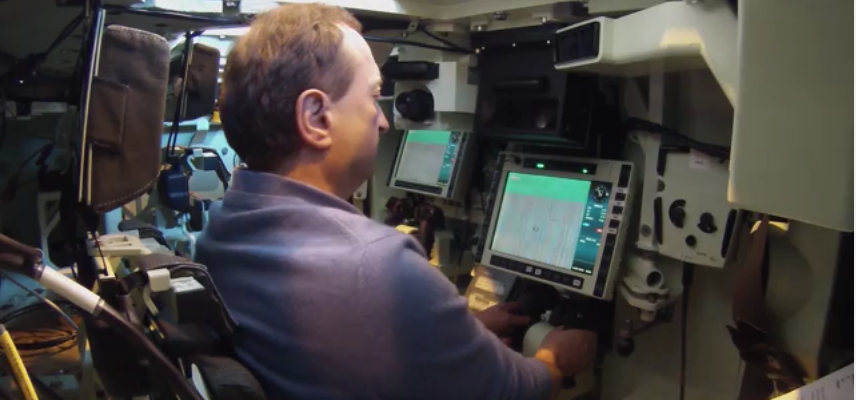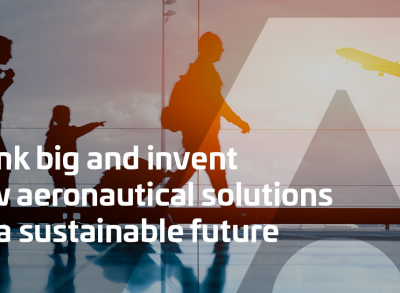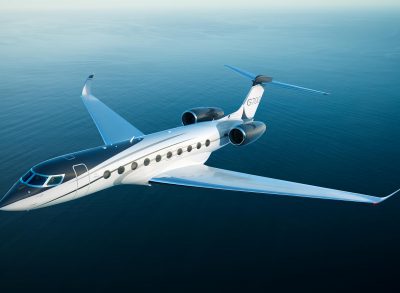Augmented reality for the armed forces
Thales’s know-how in augmented reality is much in demand for training and simulation applications. Christophe Bruzy, technical director for Thales’s Training & Simulation business, tells us how it's being used to optimise tactical training for the military.

That's easier said than done, because every last detail has to be exactly right. “For a high-quality training experience, we need to analyse every element of the real world in precise detail, including road layouts, curb heights, even the length of the grass in the fields.”
The goal is to bring the virtual world into an optimised real-world configuration, with all the virtual objects integrated seamlessly and naturally into the training environment. “If we insert a virtual helicopter into a real cityscape, we need to get all the details correct so that the helicopter behaves as it would in real life. Real helicopters don’t fly through buildings, they go round them. Our job is to reconstruct its flight pattern identically.”
The ability to insert the virtual into the real has taken a new turn with the French Army's SCORPION programme, which will provide state-of-the-art network-centric vehicles for joint battlegroups (500 to 1,800 personnel) starting in 2018. “We were asked to design a turret-based simulation system, which lets operators view the outside world on screens in an actual vehicle cabin, superimposed with virtual elements.” Soldiers use their own equipment to interact with virtual objects and personnel, making training exercises highly realistic.
Thales’s training and simulation business draws on an extensive network of skills and expertise to track customer requirements as they evolve and develop the solutions they need. The next step is to adapt these military solutions to civilian environments to help train police, fire crews and other security personnel.
Find us on Twitter @thales_avionics, on our official Youtube channel Onboard TV and on LinkedIn Thales Aerospace.




